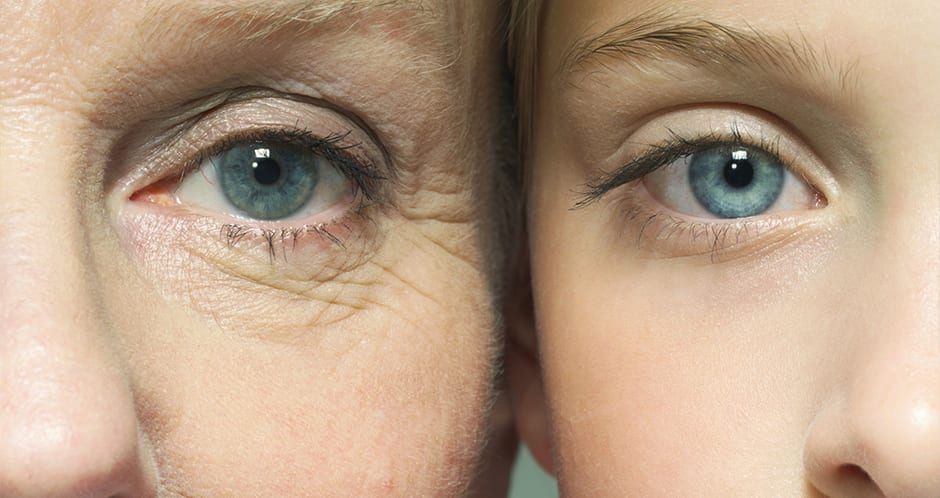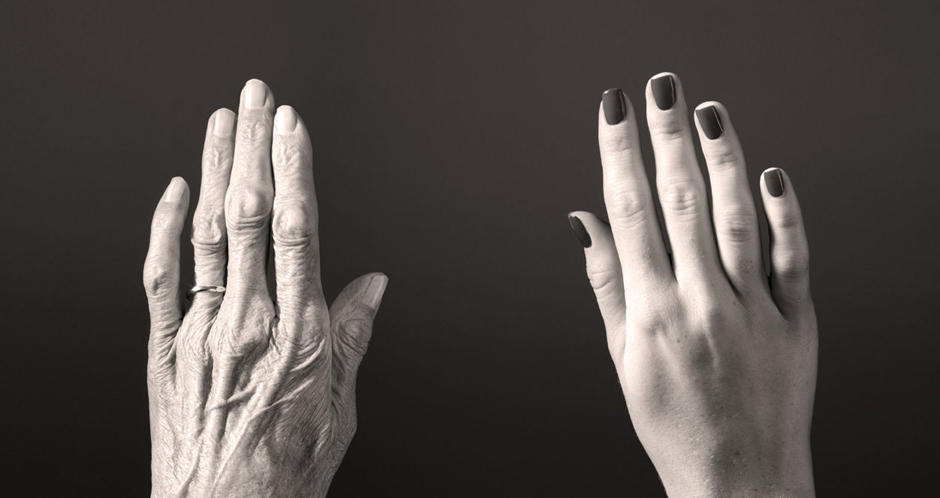
Not only is ageism a real problem, but it’s on the rise — and there’s statistical evidence that women experience it the worst. Studies and reports from Princeton University, the Federal Bank of San Francisco, and the World Economic Forum identify precisely what ageism is, how it is affecting senior populations, and what we can do about it.
Sarah Stevenson’s article, “Is Ageism Getting Worse?” describes how a recent Princeton University study clarifies how American society perceives the elderly. The article “Age Discrimination Is Still a Real Problem, and It’s Worst for Women,” (by the World Economic Forum in collaboration with Business Insider) refers to a report by the Federal Bank of San Francisco which finds clear evidence that ageism occurs, and that women in particular are affected. Lastly, Abby Young-Powell’s article for the Guardian, “How to Protect Yourself From Ageist Attitudes” interviews several experts and offers advice on what employees can do to protect themselves in the workplace.
In general terms, age discrimination occurs when someone is treated unfavorably in a particular context due to age. Such age discrimination could be direct or indirect, and could affect any age group. Ageism against seniors specifically reveals negative attitudes towards individuals in their fifties and older, whether it be a generalizing statement about how they should act or what they should do differently. Nonetheless, as Stevenson describes, age discrimination against seniors is more than just treating older individuals badly; rather, it’s “a complex phenomenon consisting of a range of negative attitudes towards seniors.”
Stevenson’s article “Ageism Is Getting Worse” refers to a Princeton University study where researchers distinguish between two types of age discrimination against seniors: descriptive and prescriptive. Examples of descriptive ageism are at play when we hear negative generalizations about how older individuals are — that they move slower, that they are afraid of computers, or that they have poor memories, for example). On the other hand, examples of prescriptive ageism against seniors are generalizations on how older people are supposed to be.
In light of the Princeton study, the article describes how Princeton’s Office of Communications breaks down three types of prescriptive age discrimination:

The World Economic Forum article “Ageism Is Still a Real Problem and It’s Worst for Women” discusses a report by the Federal Reserve Bank of San Francisco. According to the study, seniors in general, and women in particular, are subject to what the article calls “discernible and systematic patterns of age discrimination.”
David Newmar, visiting scholar with the Federal Reserve Bank and a professor at the University of California’s Irvine campus, explains how he and his fellow scientists report on field experiment testing for discrimination in the hiring process. They specifically study discrimination against older workers that are nearing the retirement age. The evidence they find conclusively points to patterns of discrimination, especially against women.
Abby Young-Powell’s article in The Guardian, “How to Protect Yourself Against Ageist Attitudes,” addresses age discrimination in the work place. Young-Powell interviews several experts on the subject who provide this advice:
Young-Powell’s article provides tips from experts on how those in the workforce can protect themselves against ageism.
On a final note, the above-mentioned studies reveal propensities in current American society for discrimination against seniors – and it’s not too far of a stretch to say similar attitudes are seen in other countries around the world. Among the types of ageist concepts that are identified are prescriptive notions that suggest that older people need to use less resources. Statistics also show that women in particular are subject to ageism. By identifying and breaking down how people perceive their aging populations, these studies and reports call attention to the critical need for negative attitudes against the aging to change.
5